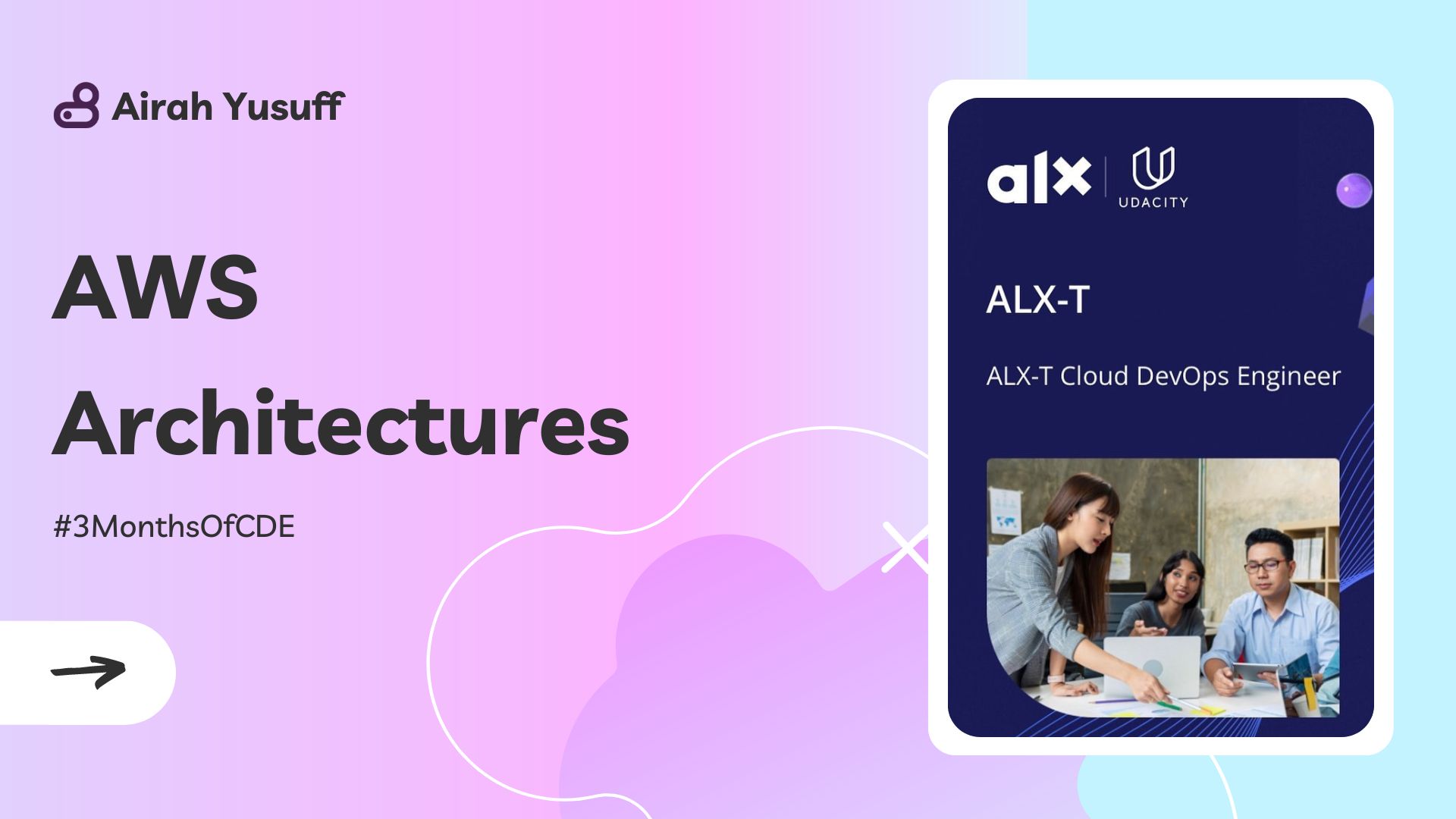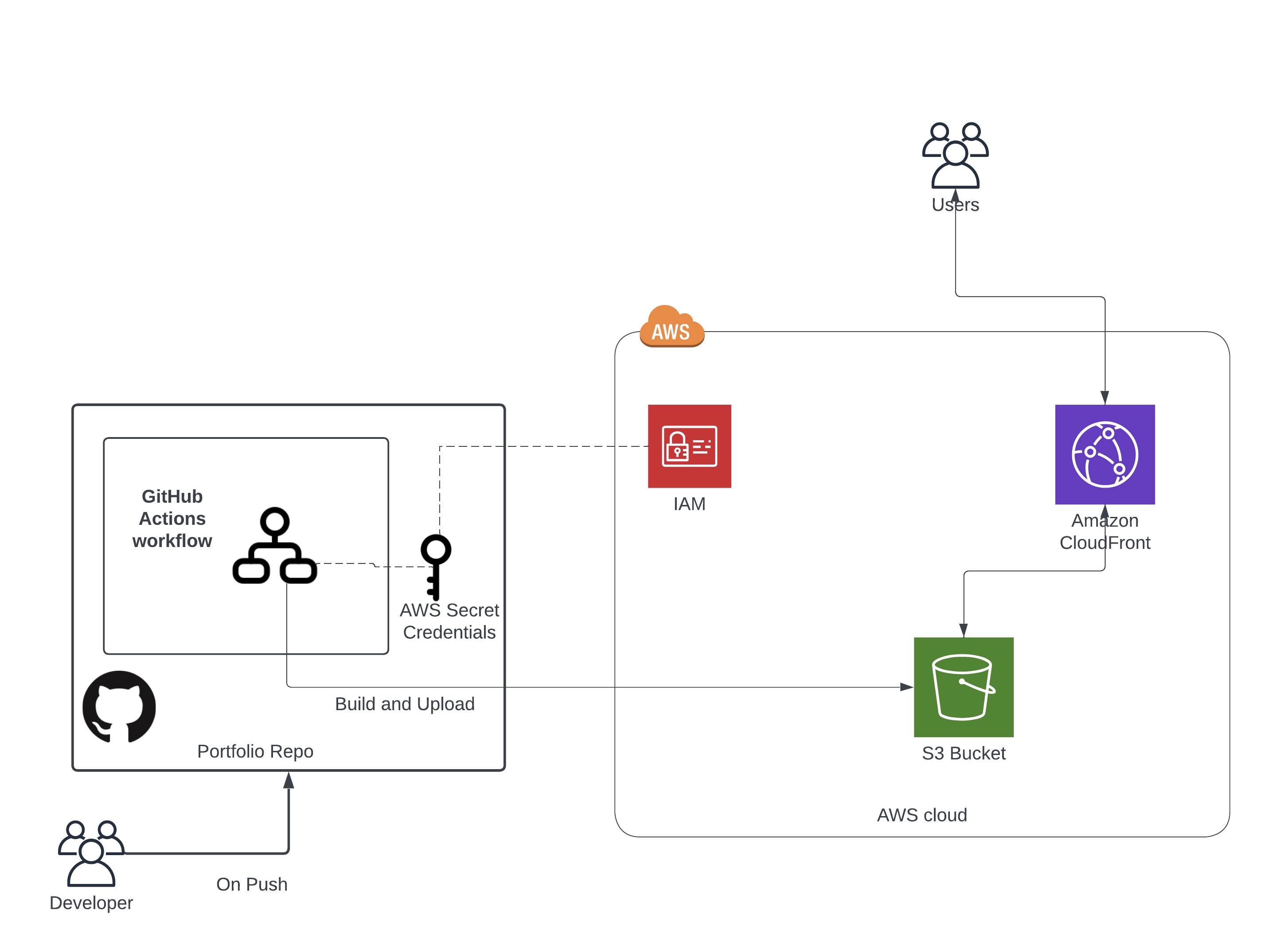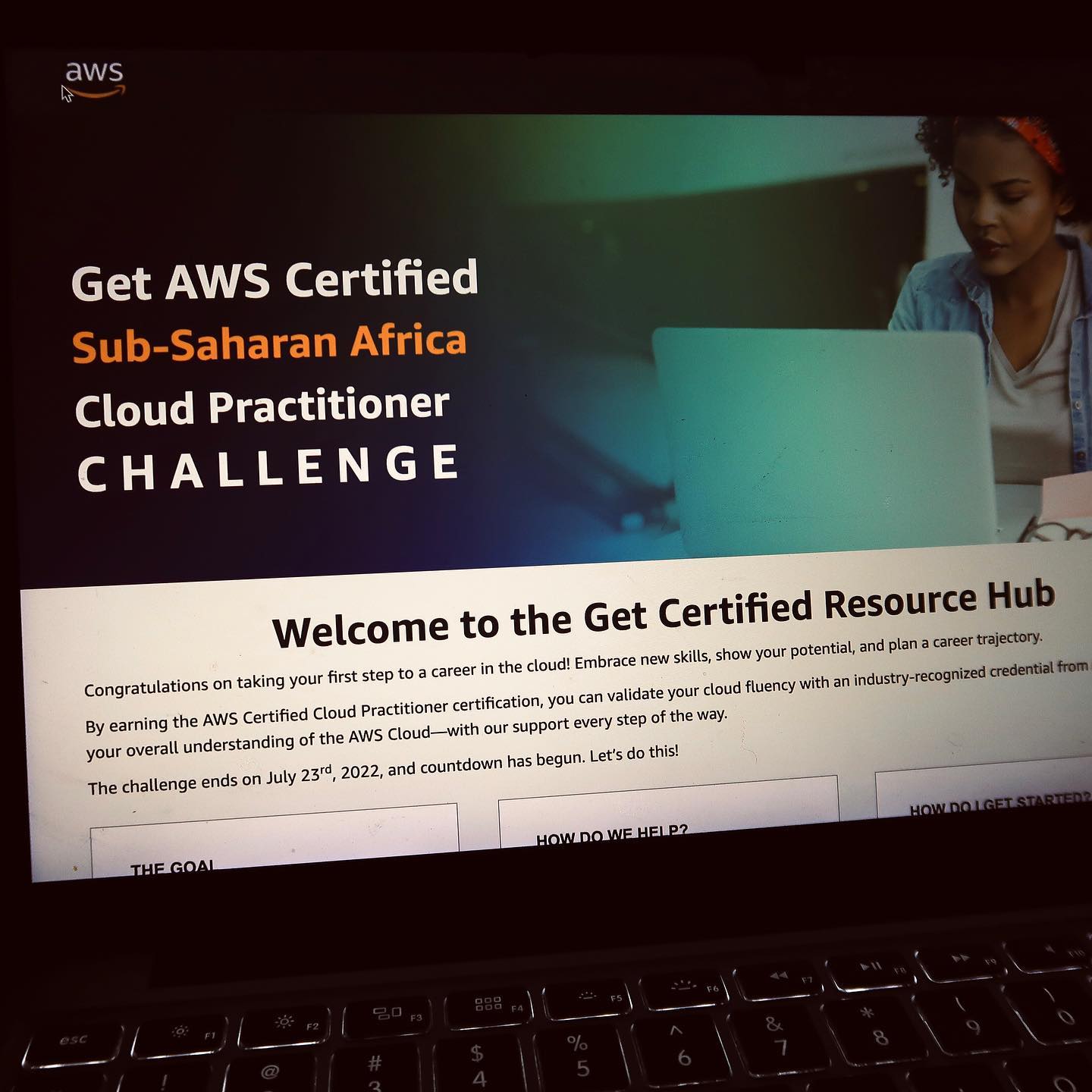Week 5 - More on AWS: Architectures
 Airat Yusuff
Airat Yusuff
In this post, I'll be sharing a recap of my notes from Day 27 to 33 of learning in the Udacity Cloud DevOps Engineer Nanodegree classroom.
These are compiled from my daily IG posts, as part of my #3MonthsOfCDE series and only slightly edited for platform suitability.
Day 27 - 30: Design a sample AWS Architecture
I pretty much took the week off after submitting my second project. It wasn’t intentional though; a couple of things came up at work and it messed with my schedule.
Still, I spent some time going through Lesson 5 (I previously skipped it to work on the 2nd project). I also focused on having a solution for the take-home assignment from my last connect session.
Design an architecture to host a simple web application on AWS, using best practices as outlined in the AWS well-architected framework.
Of course, I could not build up a web app just for it, so I decided to use my recently deployed portfolio website as the case study. I tried to draw up an architecture diagram for it and in doing so, I:
included a CloudFront distribution so now, I serve my portfolio from that URL.
also read up on GitHub, and how GitHub actions currently support using OpenID Connect (OIDC) to connect to your cloud providers, instead of long-term storage of secret access keys. Such keys could get disabled on the console or some other reason that renders it invalid. Then, you’d have to manually go and edit such credentials in your GitHub secrets.
OIDC eliminates the need for such.
 Assignment architecture
Assignment architecture
The terms still get a little messed up in my head but I guess I understand better when I think of case scenarios. With the diagram, I was able to think of well-architected pillars I could relate to it, which pillars would need better measures and what those measures could be. The assignment may not contain the effort I intended for it, but I know I’d be able to share some thoughts (and get corrected on anything I might be getting wrong)
Oh also, as a member of She Code Africa, I signed up for a study group on the DevOps channel and I’m now in a team (Team Sapphire💙). I look forward to learning more from other female DevOps engineers and be able to contribute my part as well.
Day 31 - Storage and Databases with CloudFormation
It’s getting harder to keep track of days I spend out of the classroom. Moving forward, I’d be tracking my progress based on days I spend IN the classroom (or days I actually learnt something new, if outside the classroom).
Yesterday, I finished the lesson module on storage and databases with CloudFormation. Unlike other resources, it’s typically better to create your databases from the console, since they’re almost always a one-time creation. Including them in your scripts might lead to unintentionally overwriting contents in your DB (and that sounds like something I could be prone to).
Still, it’s a good idea to learn how it could be done using CloudFormation.
Day 32 - "Get AWS Certified Sub-Saharan Africa - Cloud Practitioner Challenge"
Yesterday, I officially started going through the AWS digital course on Cloud Practitioner Essentials. Why, you might ask?
It’s simple: the “Get AWS Certified Sub-Saharan Africa: Cloud Practitioner” challenge is currently ongoing and I signed up for it.

The goal is to earn an AWS certification by passing the Certified Cloud Practitioner (CCP) exam and the challenge provides you with free training resources to achieve this goal.
Of course, I’m already taking the Udacity nanodegree but this was the perfect opportunity to take the CCP exam; the challenge provides free exam vouchers (the standard cost is $100). You also get access to several resources tailored for AWS and by AWS experts.
The challenge ends on July 23rd, 2022 so you can still register if you want! There are only 4,500 vouchers available to be claimed though; I’ve received mine but there’s no guarantee they’ve not all been claimed.
Still, give it a try if you’re looking to take your first AWS exam.
Day 33 - AWS Cloud Practitioner Essentials Course
I went through some modules in the Essentials course today. They were all familiar concepts, but I was able to pick up certain new terms and learn more about EC2 pricing options.
I plan to finish going through the resources and exam overview guides, practice and practice, and then take the exam. The course is pretty much a run-through of what I’ve been exposed to by the nanodegree, so I should be able to simultaneously run both courses.

Subscribe to my newsletter
Read articles from Airat Yusuff directly inside your inbox. Subscribe to the newsletter, and don't miss out.
Written by

Airat Yusuff
Airat Yusuff
Software Engineer learning about Cloud/DevOps. Computing (Software Engineering) MSc. Computer Engineering BSc. Honours.